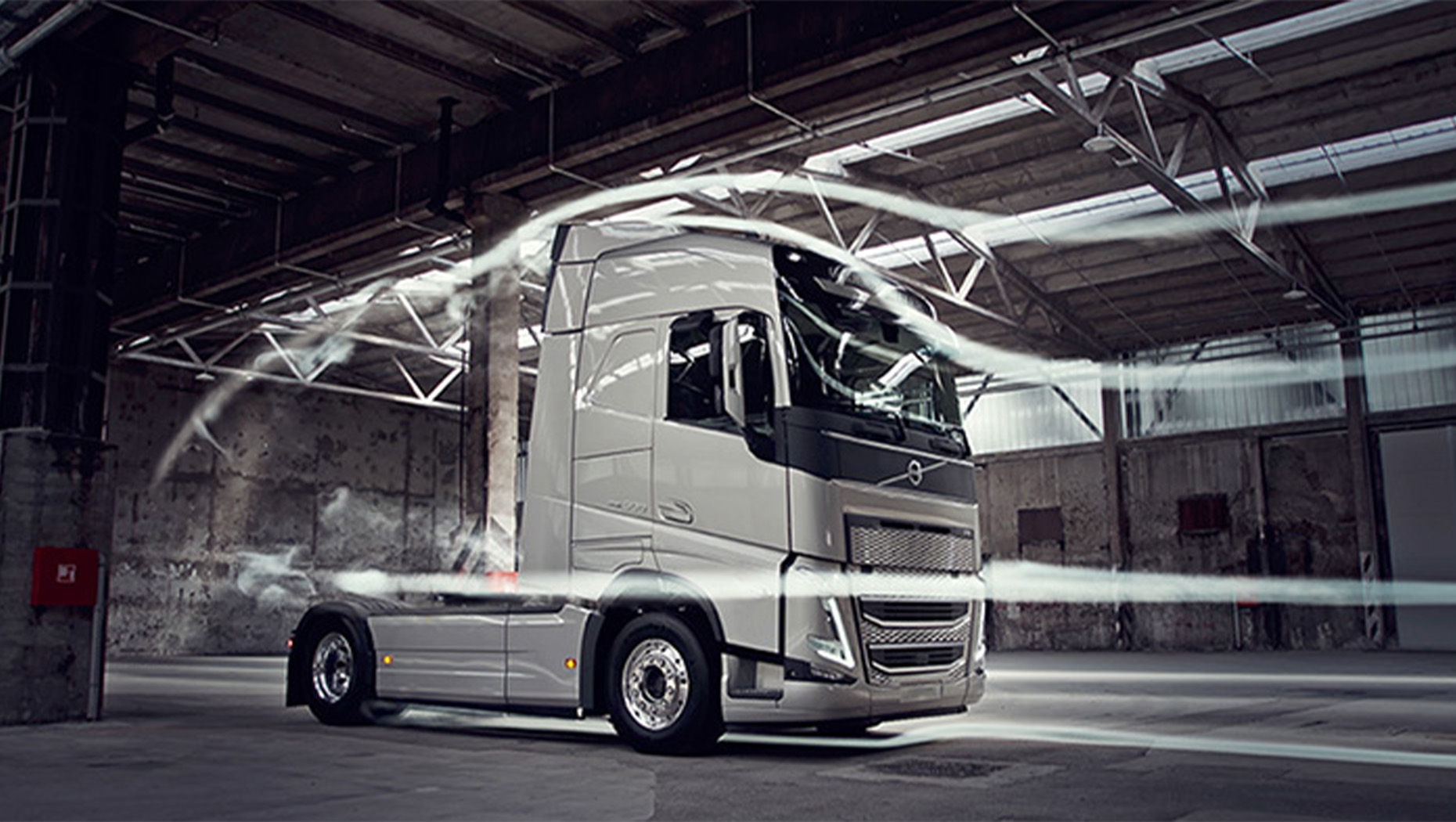
Fuel economy is still a major determinant of operating costs and environmental effects in the transportation sector. Truck aerodynamics is a key component of vehicle design that is essential to improving fuel economy. Optimising performance and cutting operational costs need a grasp of how aerodynamic design affects fuel consumption, which applies to specialised freight carriers and the recognisable tractor-trailers that dominate roadways.
The Aerodynamics Science of Trucks
To maximise vehicle design, the art of acoustics in flatbed trucks entails a thorough analysis of airflow dynamics. Every part, from the front end to the back trailer, is designed to reduce air resistance and optimise airflow. Because of the particular aerodynamic constraints posed by the flat, open construction of 10 tons truck, designers have been forced to concentrate on lowering drag through meticulous profile contouring. Aerodynamic design innovations, such as side fairings and acoustic attachments, are engineered to reduce airflow disturbances and improve the airborne manoeuvrability of pickup trucks in Dubai. Comprehending and executing these aerodynamic concepts in the construction of flatbed trucks is imperative to augment fuel economy and minimise operating expenses, impacting the general functioning of these specialised automobiles on the roadway.
Shape and Design’s Impact
The effectiveness of a truck on the road is greatly influenced by its form and design in terms of aerodynamics. Every arc, bend, and angle in a truck’s construction is carefully designed to reduce air resistance and improve airflow. The truck’s design cues, from the tapered rear end to the streamlined front end, are intended to minimise drag and maximise performance. Modern innovations include sloping hoods, softened edges, and carefully positioned fairings greatly increase aerodynamic efficiency. In trucks, design is very important to reduce drag coefficient and mitigate turbulence, especially heavier trailers or vehicles with unusual forms like speciality carriers. A truck with an aerodynamically optimised shape performs better on the road regarding stability, handling, and fuel efficiency. This highlights design’s critical role in the trucking industry’s quest for efficiency.
Effects on the Economy of Fuel
Improved efficiency in pickup trucks has greatly impacted fuel economy, which is essential to their overall performance. Designed to minimise drag and reduce air resistance, streamlined side panels, optimised rear ends, and sculpted hoods are examples of simplified design components. Pickup trucks can travel through the air effortlessly because of their enhanced aerodynamic profile, which uses less energy to maintain speed. Research suggests that a pickup truck with optimal aerodynamics may save significant gasoline, leading to decreased fuel consumption and lower operating expenses. This impact on fuel economy illustrates aerodynamics’ important role in improving pickup truck efficiency. It helps owners by cutting fuel prices and also adds to the environment by reducing emissions.
Innovations in Technology
Truck aerodynamics is changing due to technological advancements, which completely change how cars are made and driven. Modern aerodynamic innovations provide hitherto unseen chances to boost effectiveness and performance. The way vehicles negotiate the air is changing because of innovations like vortex generators, intelligent cruise control, and active grille shutters. These developments make it possible to modify airflow in real-time, improving the vehicle’s hydrodynamic profile and lowering drag. Furthermore, trucking businesses may examine and adjust aerodynamic designs thanks to the combined use of telematics and data analytics, which promotes continual improvement. Technology will continue to play a crucial role in influencing truck aerodynamics as these developments open the door to smarter and more aerodynamically efficient vehicles.
Future Trends and Regulatory Standards
Future developments and regulatory requirements in flatbed trucks highlight the significance of aerodynamic efficiency. Implementing regulations targeting lowering emissions and boosting fuel efficiency in commercial vehicles is a growing priority for governments and regulatory agencies worldwide. These guidelines direct the development and production of flatbed trucks into more aerodynamically efficient designs. Even for traditional flatbed trucks, future trends should continue to emphasise sleeker, less bulky designs that include cutting-edge technology and lightweight materials. The upcoming generations of flatbed trucks and the advancement of an efficient and sustainable transportation ecosystem will be shaped by the industry’s adherence to strict standards and the adoption of cutting-edge aerodynamic designs.
Conclusion
In summary, the development of truck aerodynamics is a key component in the transportation industry’s pursuit of performance, economy, and sustainability. The road course of trucks is shaped by a combination of factors, including the science of aerodynamic design, the impact of shape, technology, and adherence to regulations. Enhancing aerodynamic efficiency via innovation optimises fuel consumption and operating costs and lessens environmental effects. The probable future of trucks, the laws of physics, from pickup trucks to flatbed transport providers, promises increasingly intelligent, aerodynamically tuned designs as technological improvements and regulatory requirements progress. This progression guarantees the financial sustainability of trucking firms and represents a dedication to a future in the transportation industry that is more environmentally conscious, efficient, and forward-thinking.